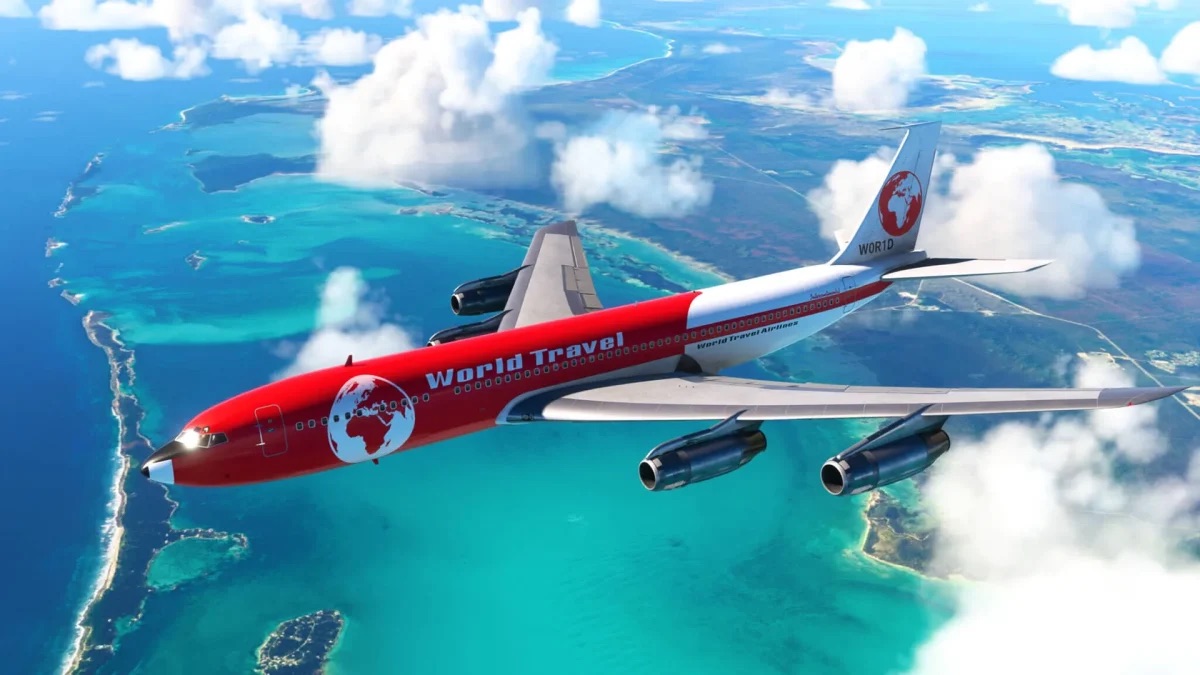
Boeing 707
The Boeing 707 was the first successful commercial jetliner and marked the beginning of the Jet Age in the 1950s. It was developed from Boeing's 367-80 prototype and made its first flight in 1957. The 707 entered commercial service with Pan Am in 1958, drastically reducing flight times and making international air travel more accessible. It featured a sleek design, swept wings, and four jet engines, carrying up to 189 passengers at high speeds. Several variants were produced, including longer-range and cargo versions. The aircraft also served in military roles, such as the KC-135 tanker and E-3 AWACS. Over 1,000 Boeing 707s were built before production ended in 1979. Its success cemented Boeing's dominance in commercial aviation and influenced generations of aircraft to come.

Boeing 717
The Boeing 717 is a twin-engine, short-haul commercial jet originally designed by McDonnell Douglas as the MD-95. After Boeing merged with McDonnell Douglas in 1997, the aircraft was renamed the Boeing 717. It made its first flight in 1998 and entered service in 1999 with AirTran Airways. The 717 was built to serve regional routes, typically carrying between 100 and 117 passengers. It featured modern avionics, efficient engines, and was known for its reliability and low operating costs. Despite its performance, the aircraft struggled in a competitive market with rising demand for larger regional jets. Production ended in 2006 after only 156 aircraft were built. Today, the 717 remains in service with a few airlines, most notably Delta Air Lines and Hawaiian Airlines.
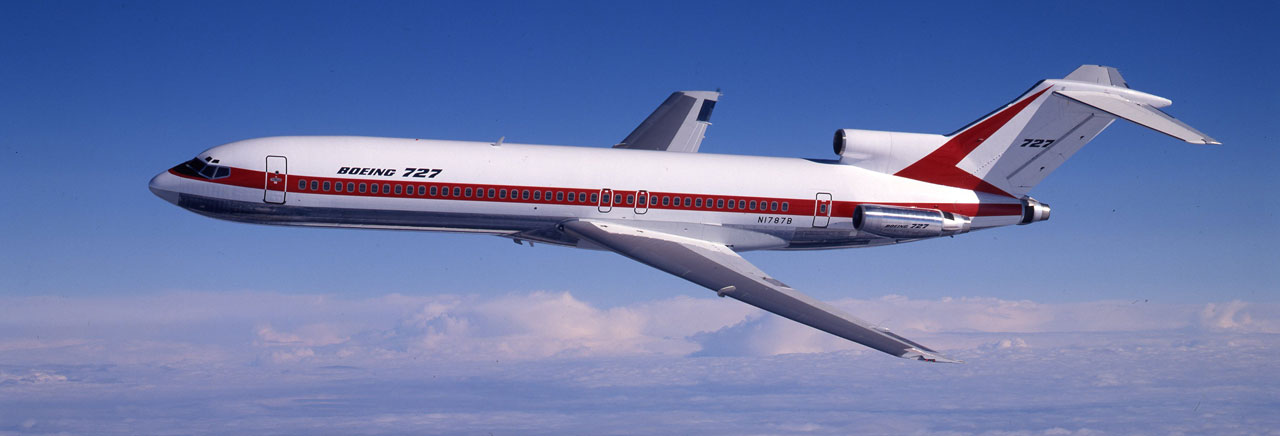
Boeing 727
The Boeing 727 is a three-engine, narrow-body jet airliner designed for short to medium-haul routes. It first flew in 1963 and entered commercial service in 1964 with Eastern Air Lines. The 727 was built to operate from shorter runways and smaller airports, making it ideal for domestic flights. Its unique T-tail and rear-mounted engines gave it a distinctive look and quieter cabin. The aircraft could carry around 130 to 180 passengers, depending on the model. It became one of the most popular jets of its time, with over 1,800 built. The 727 was widely used by airlines around the world throughout the 1960s, 70s, and 80s. Though mostly retired from passenger service, some 727s still fly today in cargo and private roles.
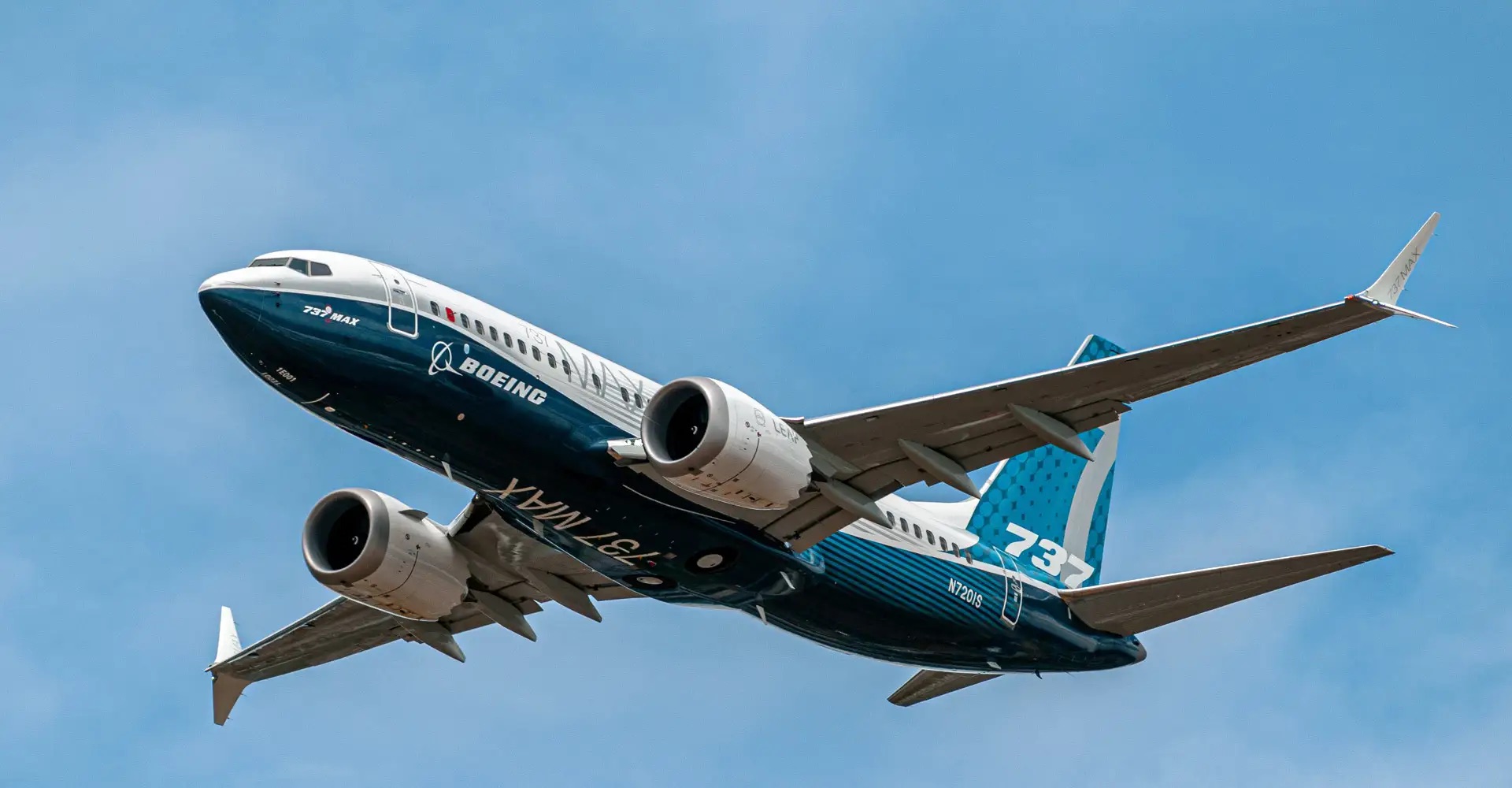
Boeing 737
The Boeing 737 is a twin-engine, narrow-body jet introduced in 1968 as a short-haul aircraft. It quickly became popular due to its low operating costs and ability to operate from smaller airports. Over the decades, it has evolved through multiple generations, including the Classic, Next Generation (NG), and the 737 MAX. It typically seats between 85 and 215 passengers depending on the variant. The 737 is the best-selling commercial jet in history, with more than 10,000 built. Its reliability, efficiency, and global support network have made it a favorite among airlines worldwide. Despite temporary grounding of the 737 MAX, the aircraft continues to dominate the short- to medium-haul market. It remains a key part of Boeing’s commercial fleet.
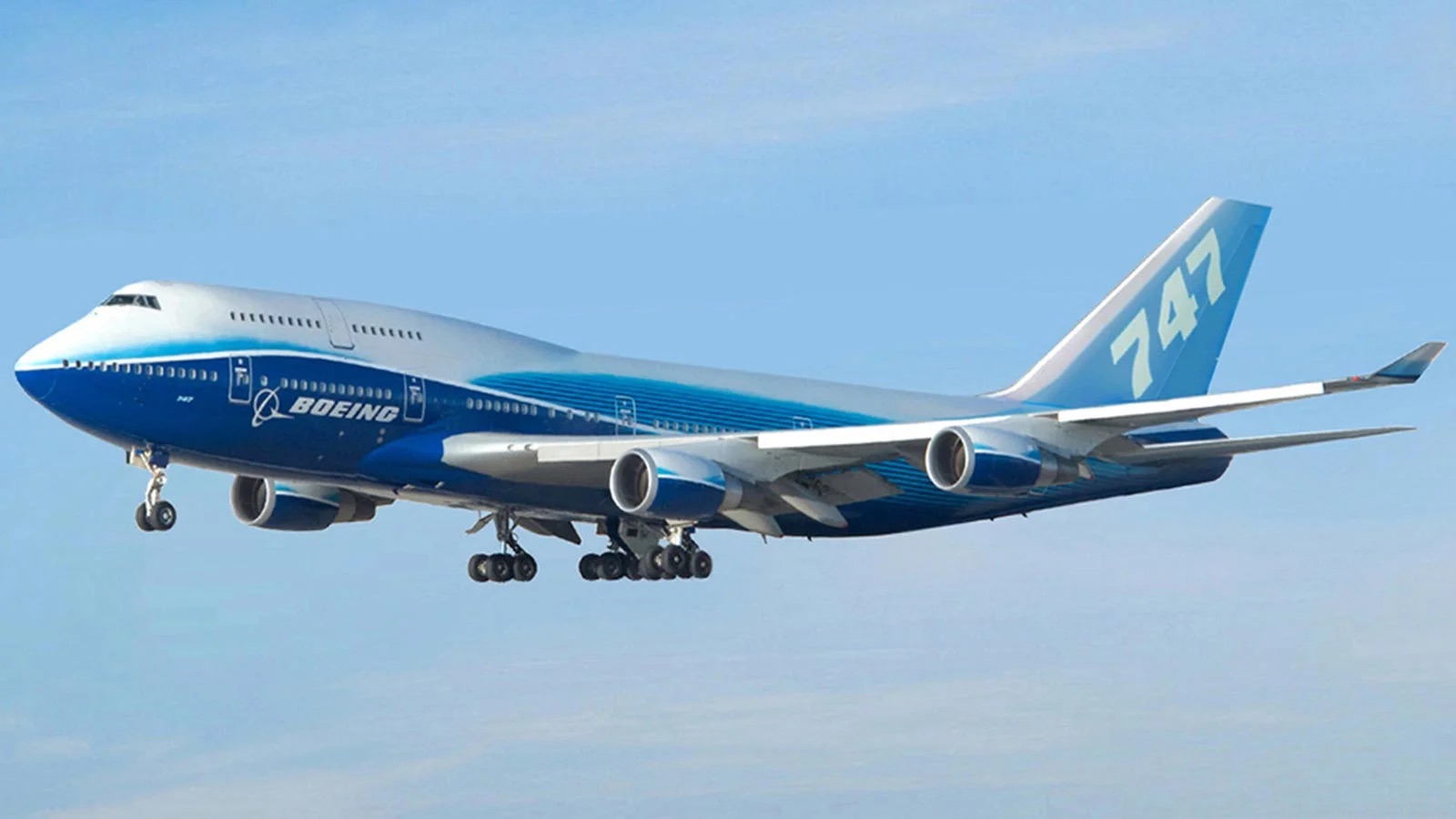
Boeing 747
The Boeing 747, nicknamed the “Jumbo Jet,” was the world’s first wide-body airliner and entered service in 1970. It was designed to carry large numbers of passengers on long-haul routes and featured an iconic humpbacked upper deck. With seating for over 400 passengers, it revolutionized global travel by making international flights more accessible. The 747 was initially intended to serve as both a passenger and cargo aircraft. It became a symbol of luxury and power in aviation for decades. Boeing produced multiple variants, including the 747-400 and 747-8. More than 1,500 were built before passenger production ended in 2023. Although largely retired from passenger service, the 747 continues to serve as a freighter and in specialized roles.
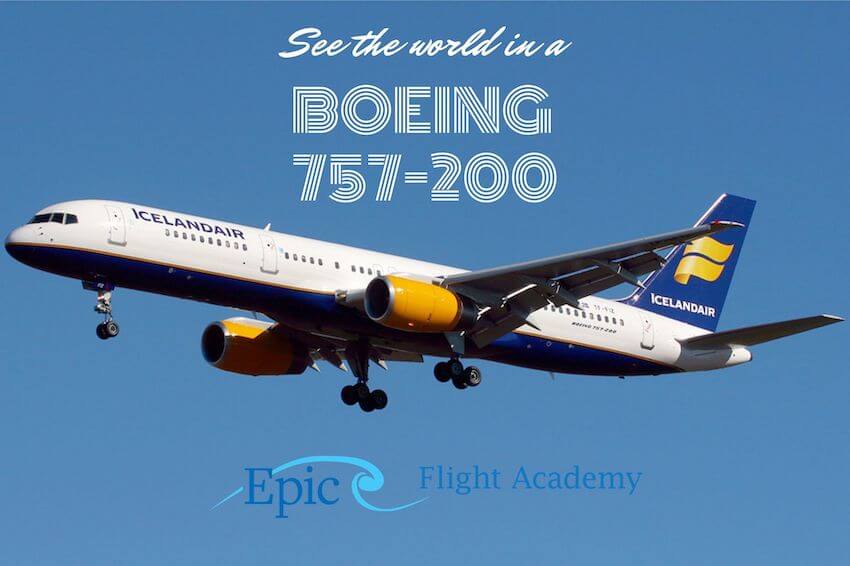
Boeing 757
The Boeing 757 is a narrow-body, mid-size jet introduced in 1983 for medium- to long-range routes. It was designed to replace the Boeing 727 and featured improved fuel efficiency and performance. The aircraft is known for its powerful engines and ability to operate from short runways or at high altitudes. It typically seats 200 to 243 passengers and has strong transcontinental range. Airlines appreciated its flexibility for both domestic and transatlantic routes. Despite its popularity, production ended in 2004 after 1,050 were built. Many 757s remain in service today, especially with Delta and cargo carriers like FedEx. The 757 is often praised by pilots for its handling and performance.
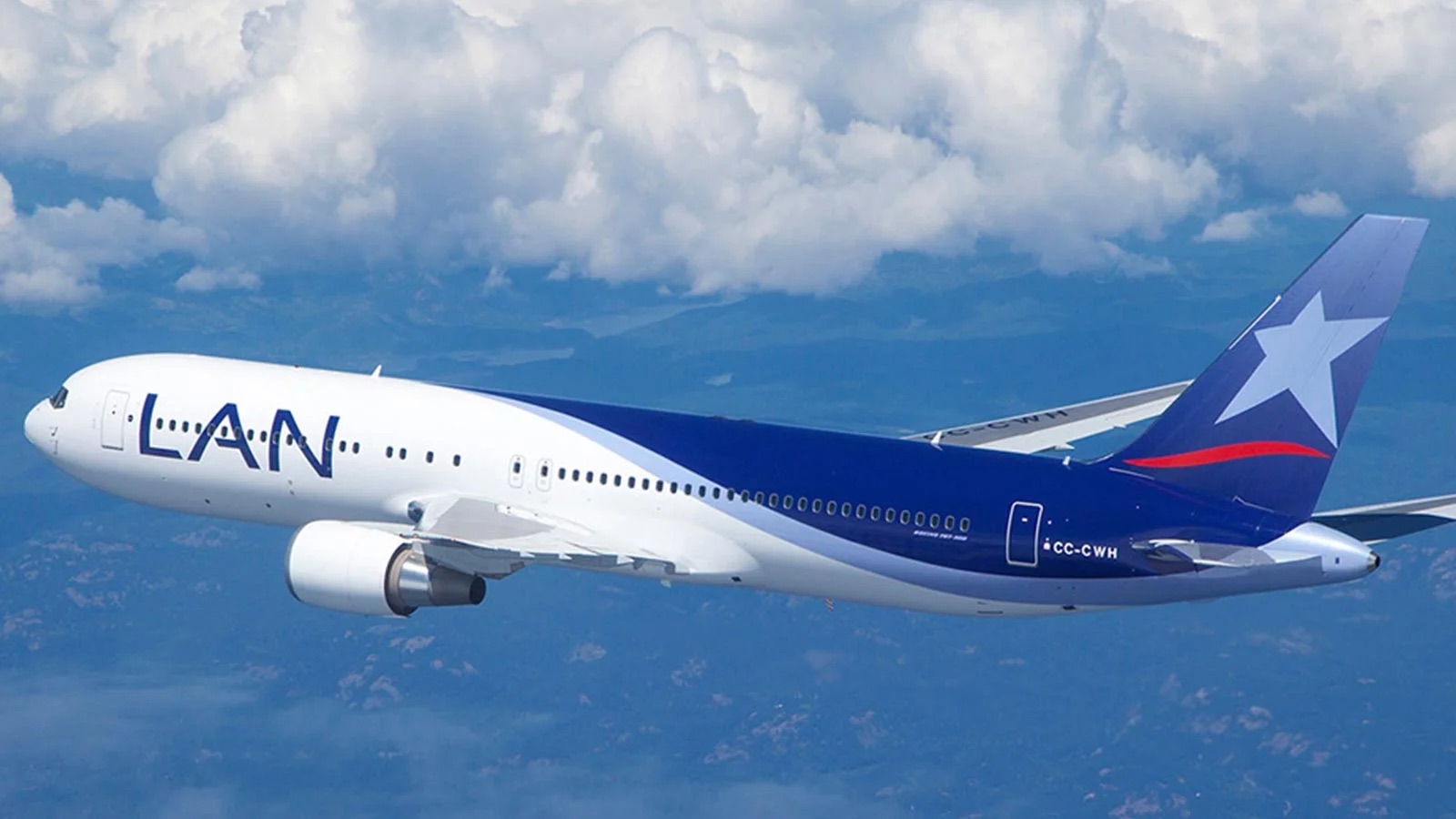
Boeing 767
The Boeing 767 is a wide-body, twin-engine jet that entered service in 1982. It was developed alongside the 757 and often shares cockpit and systems similarities with it. The 767 was Boeing’s first twin-engine jet approved for long overwater flights under ETOPS regulations. It typically seats between 181 and 375 passengers, depending on the model and configuration. The aircraft is used for both passenger and cargo transport, with the 767F freighter still in production. Airlines have used the 767 for long-haul flights due to its reliability and range. Over 1,200 units have been built. Today, it remains widely used by cargo carriers and some passenger airlines.
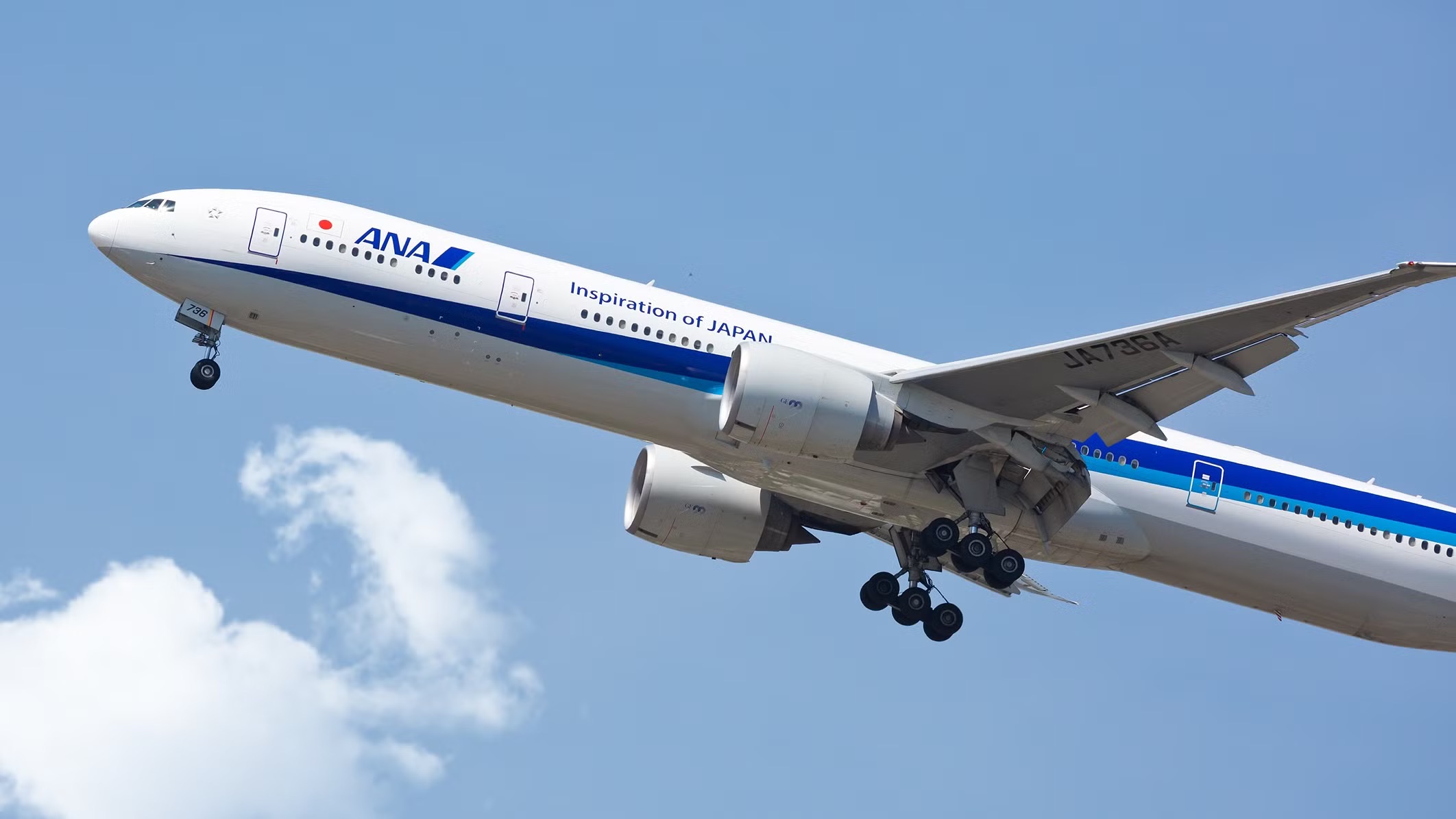
Boeing 777
The Boeing 777 is a large, twin-engine, long-range wide-body jet introduced in 1995. It was the first commercial aircraft to be fully designed using computer-aided design (CAD). The 777 is known for its spacious cabin, long range, and high fuel efficiency. It typically seats between 314 and 396 passengers, making it ideal for international travel. Multiple variants exist, including the extended-range 777-200ER and the 777-300ER. The aircraft is favored by major international airlines for transcontinental and transoceanic routes. Over 1,700 units have been delivered, with the next-generation 777X currently in development. It remains one of Boeing’s most successful wide-body jets.
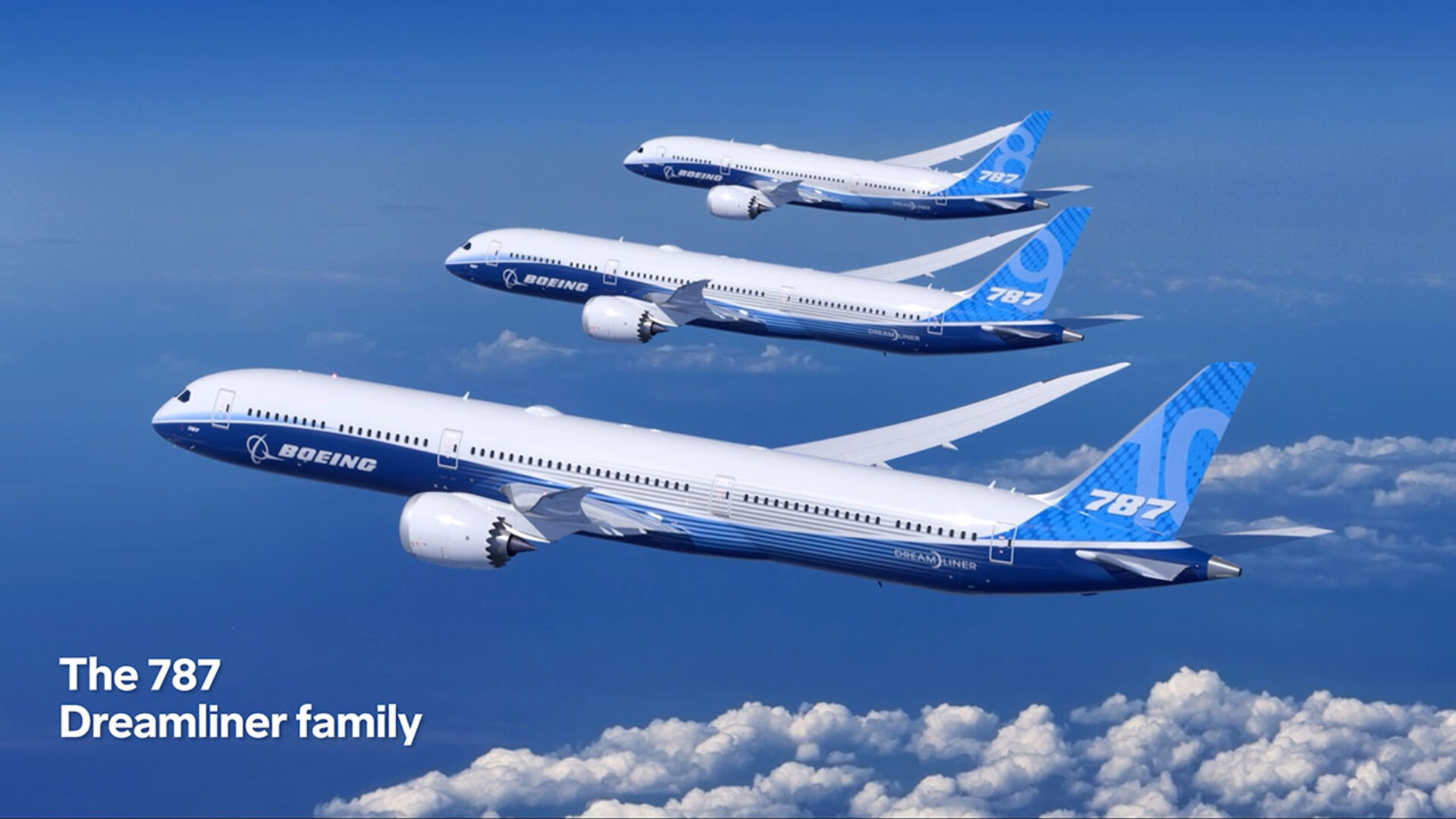
Boeing 787
The Boeing 787 Dreamliner is a modern, long-range, wide-body aircraft that first flew in 2009 and entered service in 2011. It is made primarily from composite materials, making it lighter and more fuel-efficient than older jets. The 787 features improved air quality, larger windows, and quieter engines for a better passenger experience. It comes in three versions: 787-8, 787-9, and 787-10, seating between 242 and 330 passengers. The aircraft is capable of flying ultra-long-haul routes while using less fuel. Its efficiency has opened up more direct international routes for airlines. The Dreamliner has become a favorite for both passengers and operators alike. Boeing continues to produce and upgrade the 787 family.
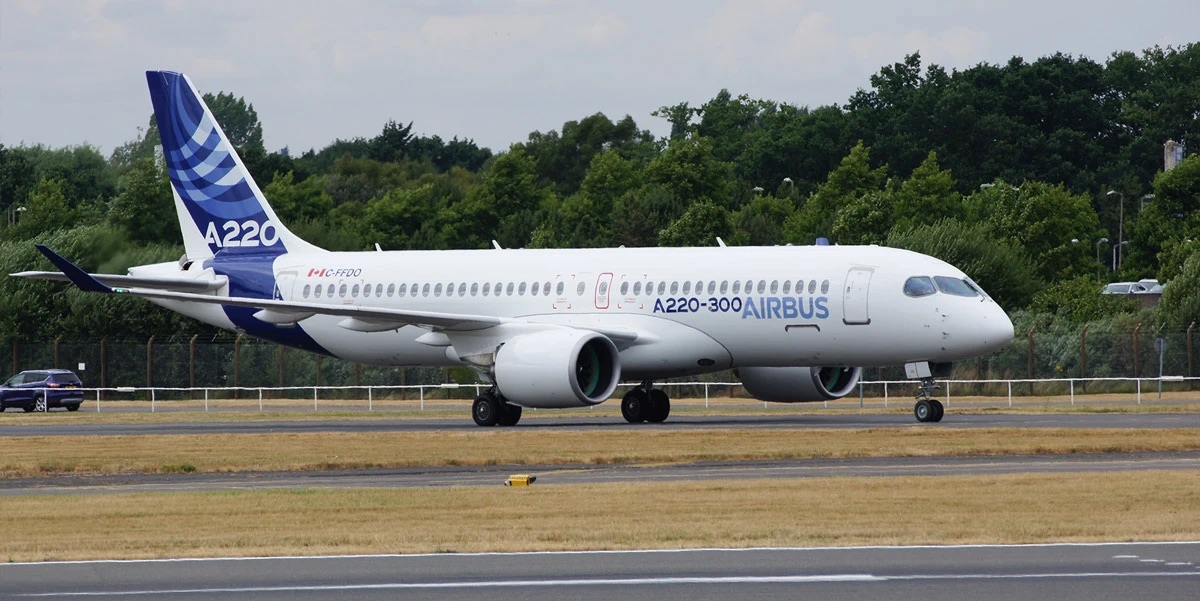
Airbus A220
The A220 is a small, single-aisle, narrow-body aircraft, designed primarily for short to medium-haul routes. It was originally developed by Bombardier as the CSeries before Airbus took a majority stake in the program in 2018. The A220 offers excellent fuel efficiency and a quiet cabin due to its modern engines and design. It can seat between 100 to 150 passengers, making it ideal for regional and low-demand flights. The A220 is equipped with advanced avionics and a larger cabin compared to older regional jets, providing better passenger comfort. It has a range of up to 3,450 nautical miles (6,390 km), making it suitable for transcontinental flights. Airlines like Air Canada and Delta Air Lines use the A220 to serve both short and medium-haul routes. The A220 is expected to play a key role in modernizing regional fleets due to its efficiency and size.
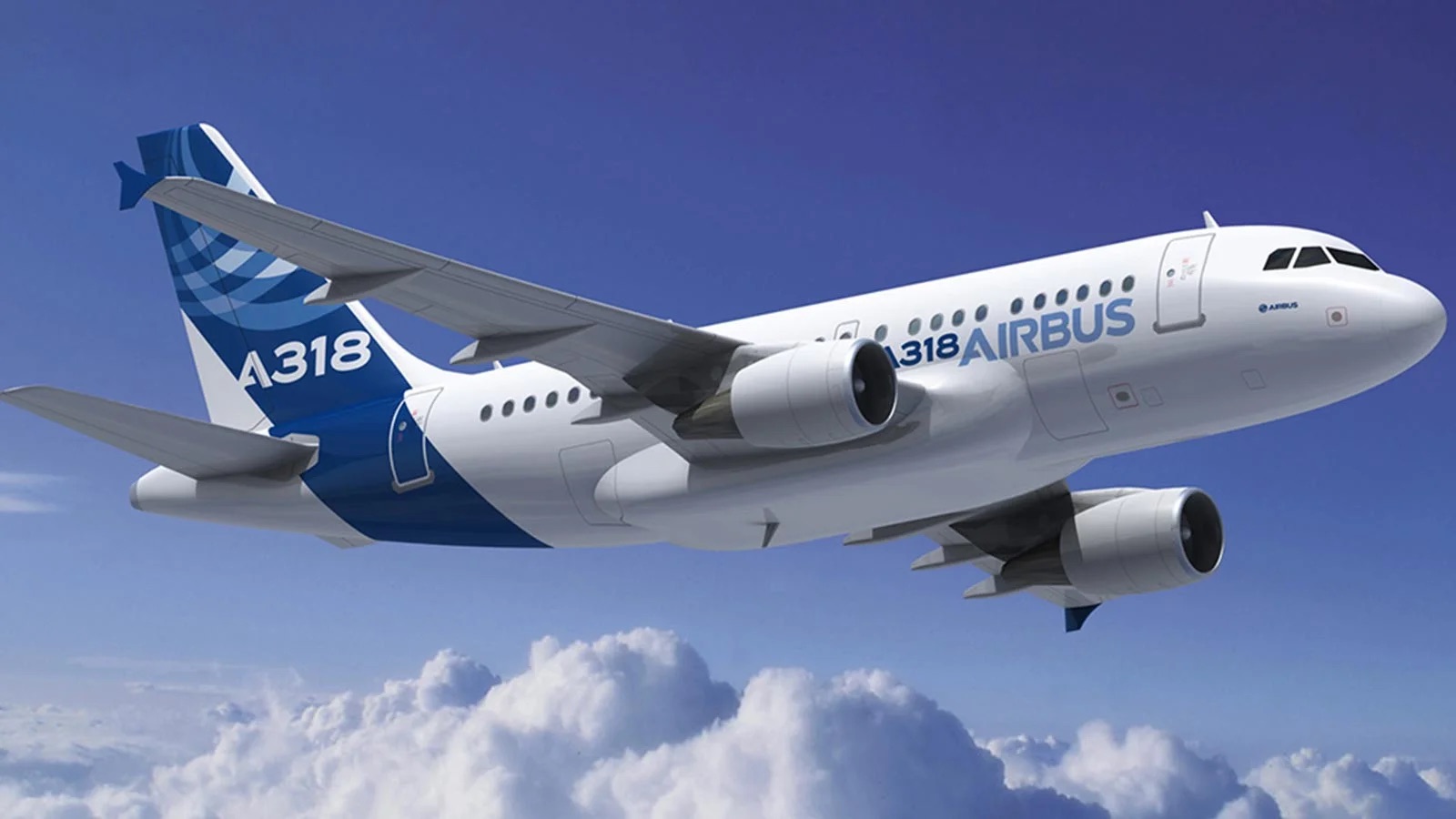
Airbus A318
The A318 is the smallest member of the A320 family and is a narrow-body airliner designed for short-haul flights. With a seating capacity of 107 to 132 passengers, it is often used for high-frequency city pairings where smaller capacity is needed. The A318 has a range of around 3,100 nautical miles (5,740 km), which allows it to serve medium-range routes, though it is mostly used for shorter regional flights. Airlines such as British Airways and American Airlines have used the A318 on domestic routes and to serve airports with limited space. Its performance on smaller airports and its ability to fly longer routes with fewer passengers made it appealing for niche markets. Despite being less common today due to the rise of newer, more fuel-efficient aircraft, it still remains in service with some carriers. Its smaller size also makes it ideal for operating in constrained airport environments. The A318 was primarily used as an alternative to regional jets like the CRJ700.
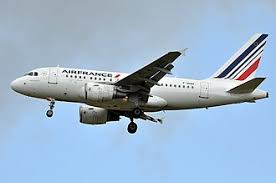
Airbus A319
The A319 is a smaller version of the A320 family, seating 124 to 156 passengers for short to medium-haul flights. With a range of about 3,750 nautical miles (6,950 km), it’s used for both domestic and international routes. The A319 is popular among low-cost carriers like easyJet and American Airlines, thanks to its smaller size and efficiency. It’s ideal for routes with fluctuating demand, offering greater flexibility and lower operating costs. The A319 shares much of its technology with the larger A320, making it easy for airlines to operate multiple models in their fleets. Its compact size allows it to serve constrained airports that can’t accommodate larger aircraft. Despite being smaller, the A319 continues to play a key role in regional travel.

Airbus A320
The A320 is a single-aisle, narrow-body airliner designed for short to medium-haul flights, with a capacity of 140 to 170 passengers. It has a range of 3,300 nautical miles (6,100 km), making it ideal for regional and domestic routes. Known for its fuel efficiency and fly-by-wire technology, the A320 is one of the most popular aircraft worldwide. Airlines like Ryanair and American Airlines rely on it for high-frequency, low-cost operations. The A320neo offers improved fuel performance with new engines, making it even more efficient. It’s favored for its low operating costs and flexibility in serving both short and long routes. The A320 family remains a workhorse in global aviation, trusted by airlines of all sizes.

Airbus A321
The A321 is the largest model in the A320 family, seating 185 to 240 passengers and designed for medium-haul flights. It has a range of around 3,200 nautical miles (5,930 km), making it ideal for high-demand routes. The A321 is known for its fuel efficiency, low operating costs, and high capacity, making it popular with both low-cost and full-service airlines. The A321neo variant features new engines, further improving its fuel performance. Airlines like JetBlue, Lufthansa, and American Airlines use it on both domestic and international routes. Its larger capacity allows it to accommodate more passengers without a significant increase in operating costs. The A321 is a reliable aircraft for airlines seeking high seat-mile efficiency on medium-haul routes.
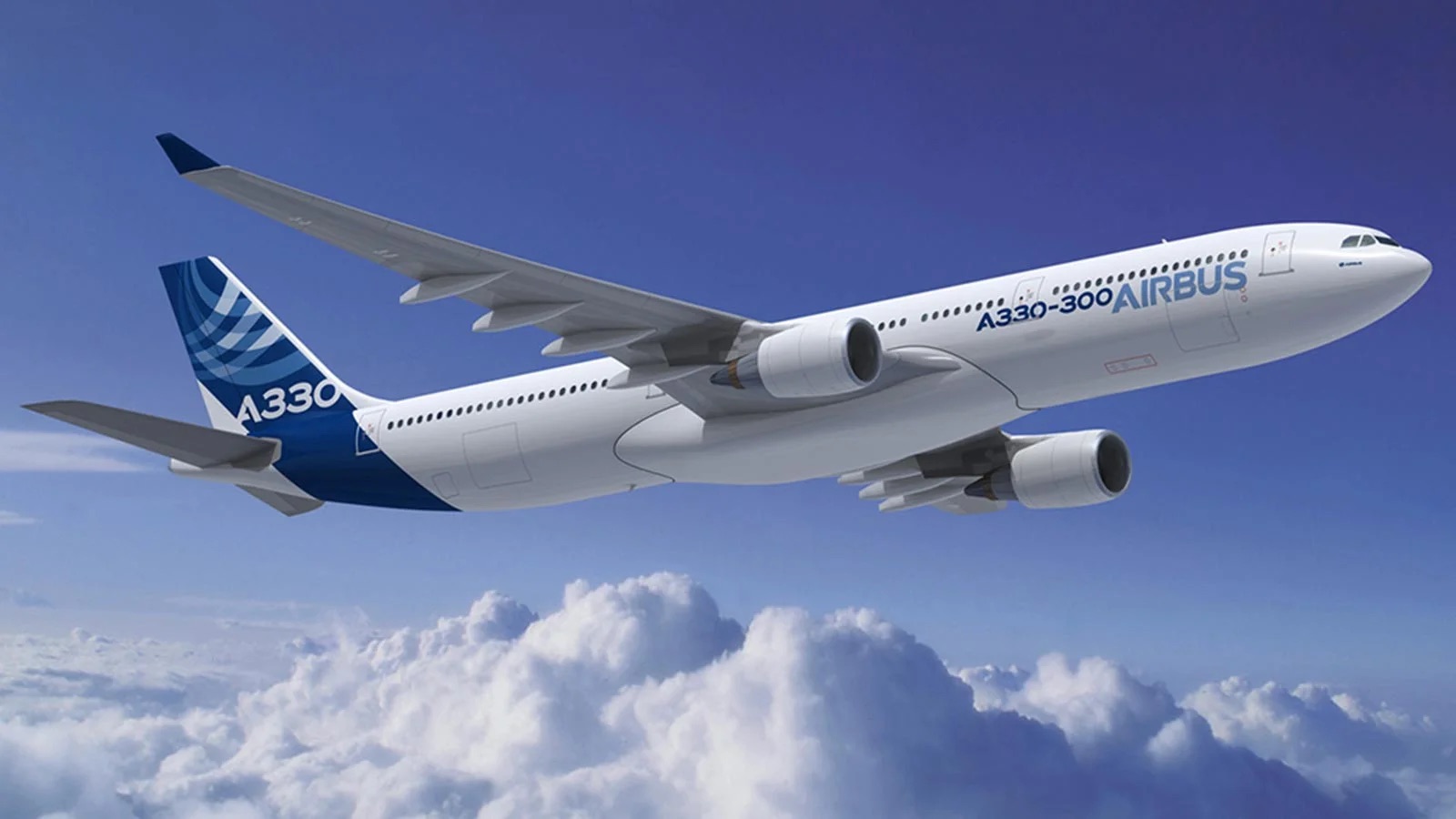
Airbus A330
The A330 is a twin-engine, wide-body aircraft used for medium to long-haul flights, seating 250 to 300 passengers. With a range of around 6,700 nautical miles (12,400 km), it’s ideal for transcontinental routes. The A330 is known for its fuel efficiency, reliability, and lower maintenance costs compared to older four-engine aircraft. Airlines like Qantas and Singapore Airlines operate it on long-haul international flights. The newer A330neo offers improved fuel efficiency with upgraded engines. Its spacious cabin and comfortable ride make it popular with passengers. The A330 remains a versatile and efficient choice for airlines worldwide.

Airbus A340
The A340 is a four-engine, wide-body airliner designed for long-haul routes, seating 261 to 475 passengers. It has a range of up to 9,000 nautical miles (16,700 km), making it suitable for ultra-long flights. While popular in its time, the A340 has been largely replaced by more fuel-efficient twin-engine models like the A350. Airlines such as Lufthansa and Air France used it for high-capacity, long-distance routes, but it’s becoming less common due to its higher fuel consumption. The A340 is still in service with a few carriers, but its four-engine design is no longer competitive. Despite this, it remains an iconic aircraft known for its large capacity and range. It was a key part of aviation history in the 1990s and early 2000s. The A340’s large size and range made it ideal for high-demand international routes.
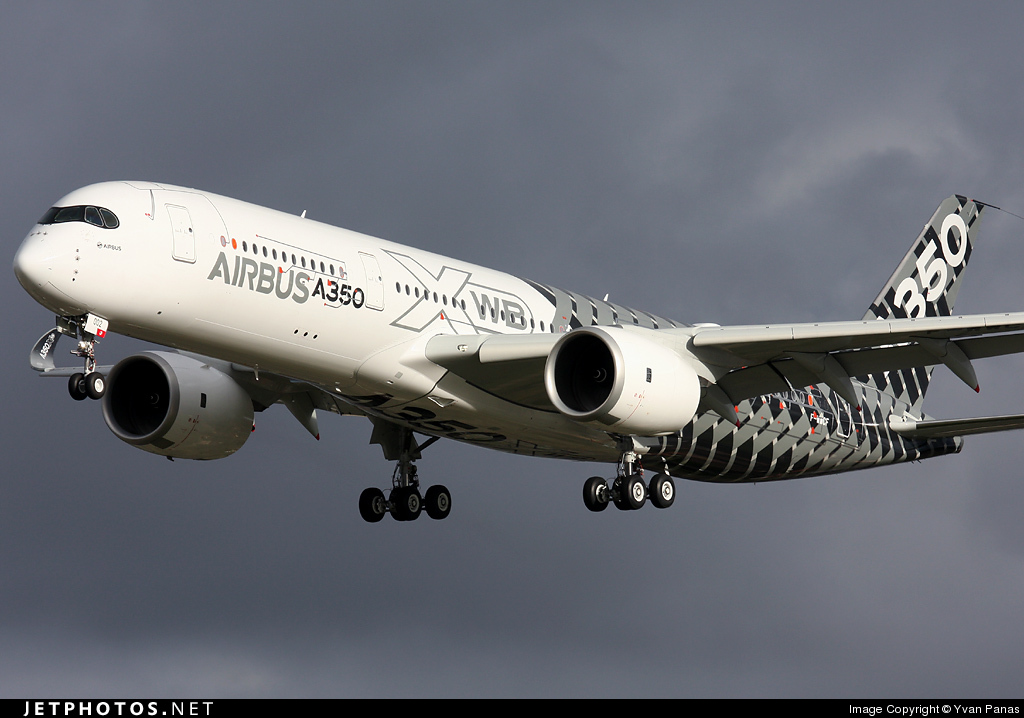
Airbus A350
The A350 is a twin-engine, wide-body aircraft designed for long-haul routes, with a seating capacity of 300 to 410 passengers. It offers a range of about 8,000 nautical miles (14,800 km), making it ideal for long-distance international flights. The A350 features advanced materials for improved fuel efficiency and lower emissions. Airlines like Qatar Airways and Singapore Airlines use the A350 for ultra-long flights, competing directly with the Boeing 787. The aircraft’s quieter engines and modern cabin design enhance passenger comfort, making it popular on long flights. It has a high operational efficiency and offers reduced maintenance costs compared to older aircraft. The A350-1000 is the larger variant, with more capacity and extended range. The A350 is a next-gen aircraft that sets the standard for modern air travel.

Airbus A380
The A380 is the world’s largest passenger aircraft, designed for high-capacity, long-haul flights. It seats up to 850 passengers in an all-economy configuration, with 555 seats in a three-class layout. The A380 has a range of around 8,000 nautical miles (14,800 km), perfect for major international routes. Its two full-length passenger decks provide unmatched space and comfort for passengers. While it’s a giant, its high fuel consumption and competition from more efficient twin-engine aircraft have led to fewer orders in recent years. Airlines like Emirates and Singapore Airlines operate the A380 on the busiest routes, using it to maximize capacity. Despite its size, the A380 offers a relatively quiet and smooth ride. It remains a symbol of luxury and capacity but is gradually being phased out in favor of smaller, more efficient aircraft.